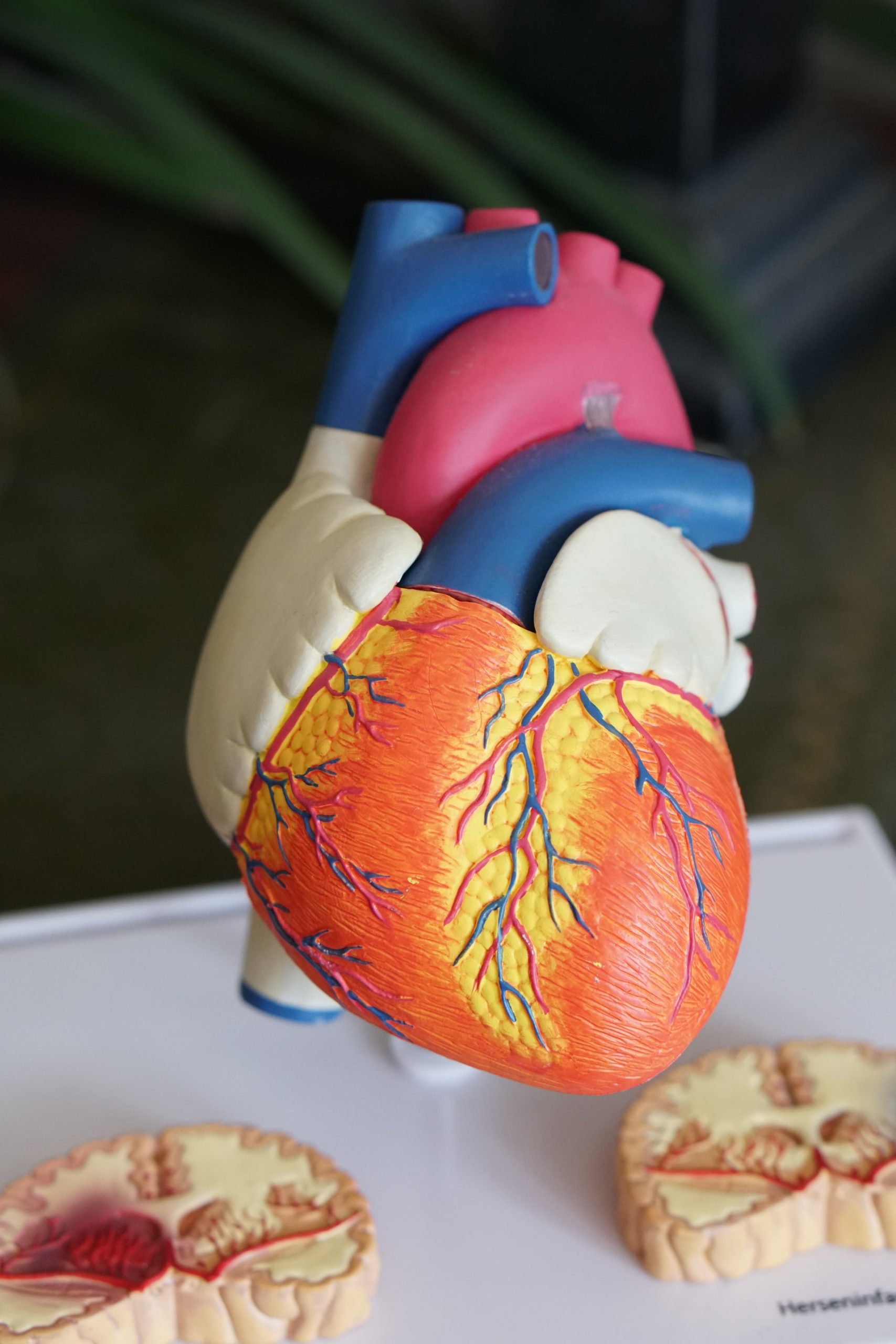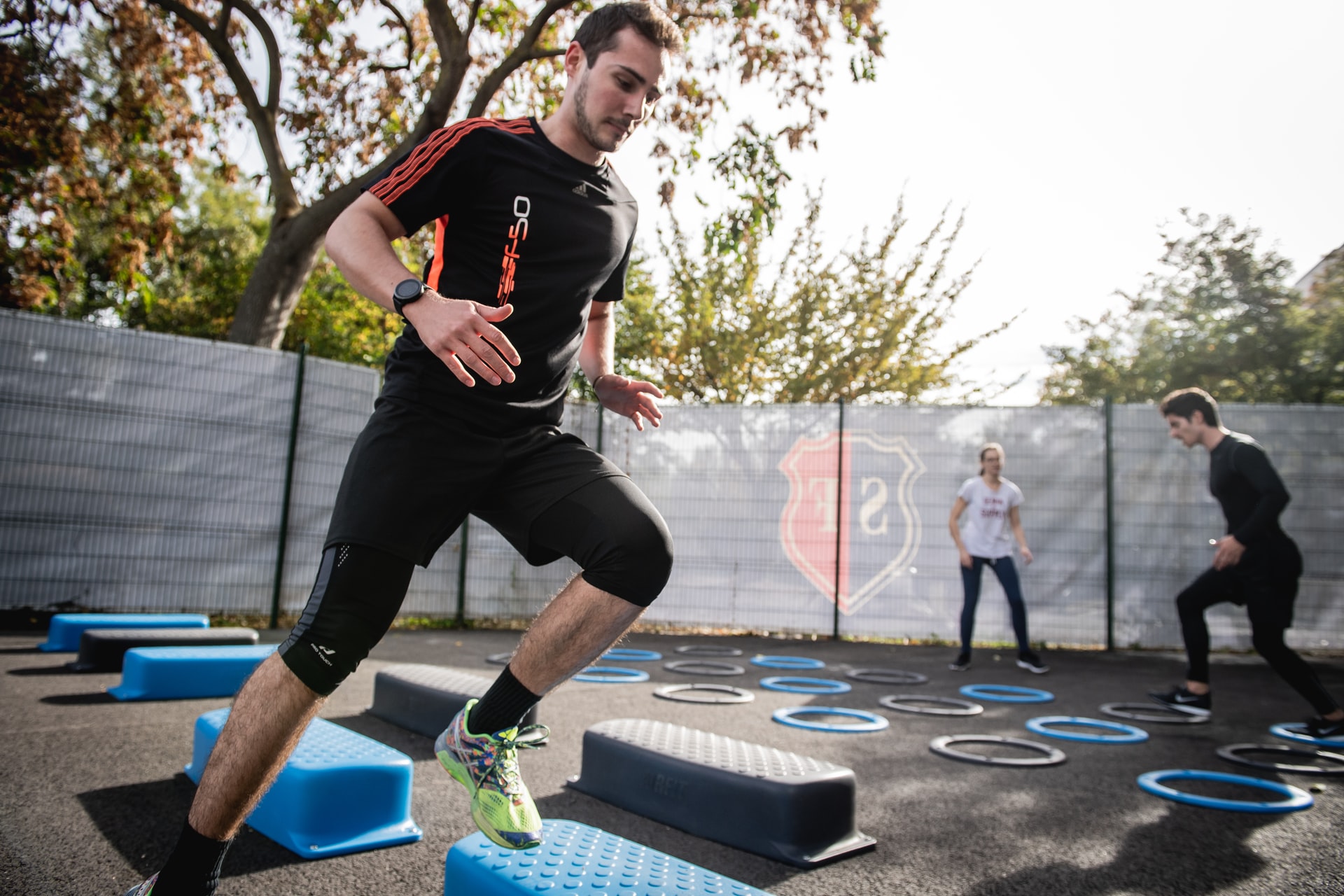Scientists are famous for their disagreements, and if you—whether you’re a scientist or not—know where to look, you can find a study that can support pretty much any position. But when it comes to the topic of physical exercise, almost everyone agrees that it’s good for you. Actually, “good for you” is a bit of an understatement. The reality is that physical exercise is, hands down, one of the best things you can do for yourself, regardless of how old you are or what ails you. Let’s take a look at some of the latest research. But first, a warning: before starting any kind of exercise program, discuss your plans with your healthcare provider and his or her clearance.
Physical exercise improves mobility. Some people used to worry that physical exercise might actually do more harm than good for frail, older adults. But a study conducted by researchers at the University of Florida found exactly the opposite. Compared to their peers who didn’t exercise at all, older adults who did “moderate physical activity” (roughly 150 minutes per week of aerobic, strength, and balance training), were better able to maintain their mobility and were much less likely to experience anything that would limit their long-term mobility. There was a 28 percent reduction in people permanently losing the ability to walk easily, said Jack Guralnik, a professor of epidemiology and public health at the University of Maryland School of Medicine and one of the study’s co-authors. According to the researchers, “Low physical performance can be a predictor of early death and higher hospitalization and institutionalization rates, and patients with low physical performance are not often recruited to large studies.” The study was published in the Journal of the American Medical Association.
Too old to pump iron? There’s no such thing. Conventional wisdom tells us that older people shouldn’t do weight training or high impact aerobic exercise—that they’re either too frail or the risk of injury is too high. But according to a lot of new research, conventional wisdom is completely wrong. “It’s way more dangerous to not be active as an older adult,” said Miriam Nelson, professor of nutrition at Tufts University’s Friedman School of Nutrition. In fact, both forms of exercise have a variety of benefits, including injury reduction, increased muscle- and bone mass, and improved brain function.
Too much of a good thing? Hard to imagine. Dr. Hannah Aren and her colleagues at the National Cancer Institute wanted to find out what would happen if people were to get more than the minimum recommended amount of exercise (75 minutes of vigorous activity or 150 minutes of moderate activity per week). The researchers analyzed data from nearly 700,000 men and women. They found that those who exercised a little—but less than the minimum recommended amounts—had a 20 percent lower risk of dying than those who were completely sedentary. Those who exceeded the recommended amounts by up to 100 percent (meaning they did as much as twice the minimum activity) had a 31 percent lower death rate. And those who did 3 to 5 times the recommended amount of activity had a 37 percent lower death rate. And here’s the kicker. Those who did 10 times the recommended amount of exercise showed no ill effects. The study was published in the journal Jama Internal Medicine. Read an abstract here: https://archinte.jamanetwork.com/article.aspx?articleid=2212267



